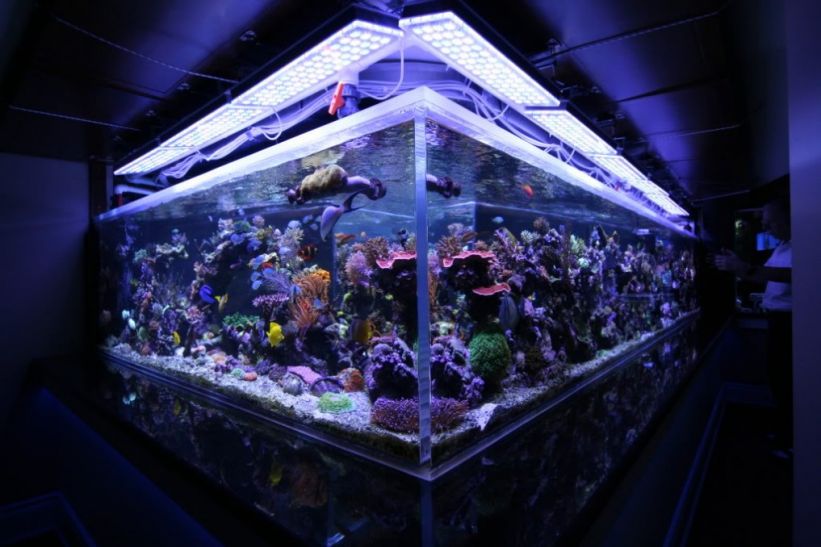Last night, I took a trip to the grocery store to pick up the normal stuff. On the list was a bottle of vinegar, which I took a photo of and posted to the AquaNerd Facebook page with a short bit of text saying “An extremely useful tool for aquarists.” As a few comments rolled in, I noticed one person wasn’t familiar with the benefits and probable uses for vinegar in an aquarium setting. So, I addressed that comment, but also wanted to expand on it a little in our tip of the day. In short, vinegar is an acid. It is commonly mixed with water and used as a soak for water pumps, protein skimmers, and any other piece of equipment that accumulates the normal marine gunk. The normal gunk includes things coralline algae, hair algae, detritus, and well, anything that might grow on the equipment. While this makes vinegar monumentally useful, it’s not the only thing this chemical does.
Besides dissolving unwanted buildup, vinegar can also be dosed directly to the aquarium, serving as a carbon source for bacteria. The bacteria consume the carbon source, allowing their populations to grow take on more nitrate and phosphate, thereby removing it from the water.
Another way hobbyists use vinegar is to soak their rocks in it. The vinegar solution dissolves some of the rock, ideally removing the surface of the rock and any unwanted organisms that dwell on it. It is also supposed to help with any phosphate that might leach out from the rock over time.
So, there are a ton of uses for vinegar, and we only commented on the first three that came to mind. If you have another use, be sure to share it with us by sounding off in the comments section at the bottom of the page.




